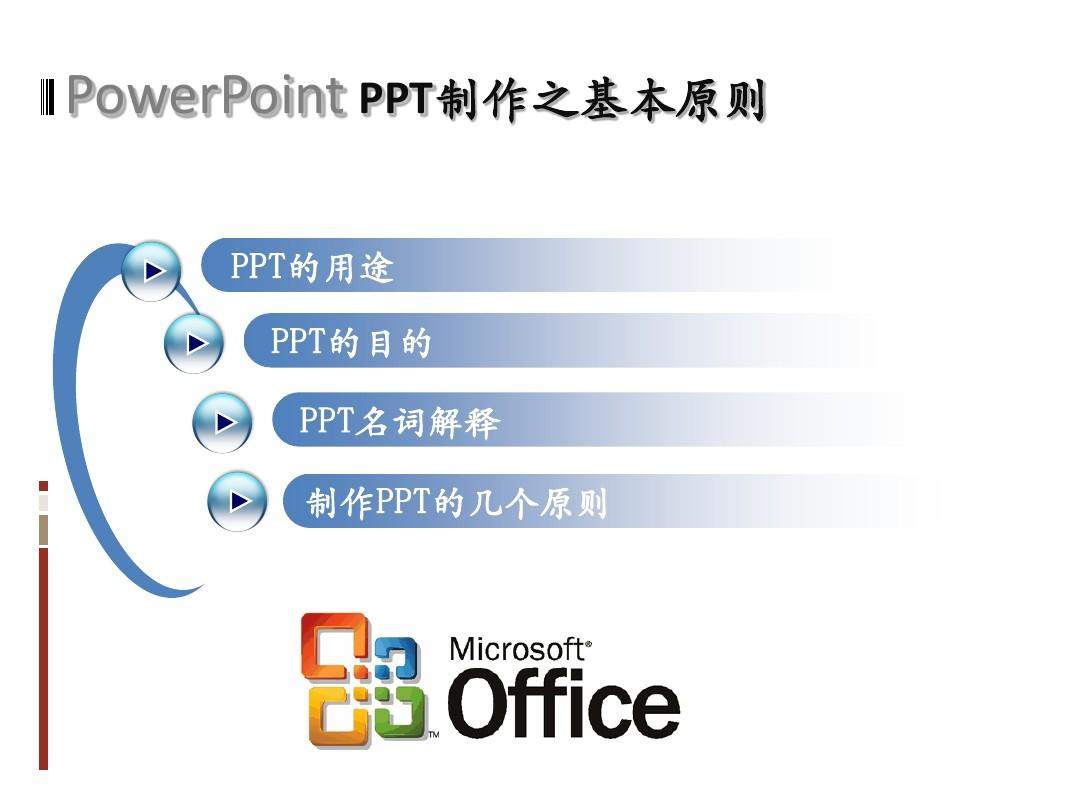- 用VBA修改Excel的程序界面(二)
- ppt动画制作教程:一组常用且实用的Excel技巧
- excel函数公式大全:利用Excel数组公式按比赛成绩进行降序排列
- excel函数教程:制作Excel个性化启动画面
Excel Services part 8: Controlling and protecting spreadsheets
Excel服务第8部分:控制和保护数据表
To this point in my discussion of Excel Services, I have written primarily about the user-facing part of Excel Services – all the things customers can do with Excel Web Access and Excel Web Services in order to execute and interact with workbooks on the server. In the next two posts, I plan to cover some of the security aspects of Excel – how customers who deploy Excel Services can “lock down” and protect key spreadsheets.
在我以前的有关Excel服务的论述中,我主要介绍过Excel服务的用户界面部分——用户可以利用Excel Web Access和Excel Web服务完成这些操作,使得数据表在服务器上与工作簿相互结合。在下两篇文章中,我打算介绍一些Excel安全方面的知识——配置Excel服务的用户怎样才能“锁定”和保护关键数据表。
In my overview of Excel Services, I mentioned that a request that we frequently hear from customers is the ability to limit access to spreadsheets either for regulatory and audit concerns or to protect proprietary information in spreadsheets. To address this requirement, one of the main things that we’ve done (in addition to allowing users to execute and view spreadsheets on the server) is extended the Windows SharePoint Services (SharePoint) architecture with a new “right”, which we call a the “View Item” right.
在我的“Excel服务概览”这篇文章里,我提到过,用户经常给我们提出这样一个要求,要求我们提供限制访问数据表的功能,例如:管理和审核利害关系或者保护专有信息。为了达到这个要求,我们所做的主要事情就是给Windows SharePoint服务体系增加一个“权限”(除了允许用户在服务器上访问和查看数据表),我们把它叫做“查看项目”权限。
Before I get into exactly what the View Item right is, let me give a bit of background on what SharePoint is, and how it relates to Excel Services. As I’ve mentioned in previous posts, Excel Services is built as part of the SharePoint products and technologies platform. For the context of this conversation on the View Item right, consider SharePoint as a document store on the server – users can save and version files, administrators can control access permissions, etc., all via any browser (Note, SharePoint does *a lot* more than this – in addition to being a document store, SharePoint provides many more features which you can read about here).
在我还没有深入介绍什么是查看项目权限之前,让我先简单的介绍一下什么是SharePoint,它是怎样和Excel服务发生联系的。正如我在前面的文章中提到,Excel服务是基于SharePoint产品和技术平台的一部分。为了便于理解查看项目权限,在这里我们把SharePoint看作服务器上的一个文档库——用户可以保存和修改文件,管理员可以控制访问权限等等,所有这些通过任何一个浏览器都能实现(注:SharePoint还可以做更多的事情——除了作为一个文档库之外,SharePoint还提供更多的功能,你可以看这里)
Currently, SharePoint administrators can give users “Reader” rights (look at content), “Contributor” rights (look at, change, and add to content), or “Administrator” rights (full control). One way to think of this is similar to a regular file system and the file access rights that can be set (e.g. read only, read/write etc.)
通常,SharePoint管理员可以给用户“阅读”权限(查看内容),“投稿”权限(查看、修改和添加内容),或者“管理”权限(完全控制)。咋一看这与正式的文件系统很相似,可以设置文件的访问权限(例如只读、读/写等等)。
With the View Item right that we are adding, customers can lock down spreadsheets that have been published to SharePoint (this right is specific to SharePoint document libraries and does not work with workbooks stored in UNC shares or generic HTTP locations) such that users can open the spreadsheets using Excel Services, interact with the workbooks, and see the execution results, but can’t download a copy of the spreadsheet, or access any areas that were not published as viewable on the server. This hides any proprietary information contained within the book – specific formulas, the proprietary model, the external data connections, and hidden elements of the book – all of these things become inaccessible to users.
由于查看项目权限的添加,用户可以锁定已经发表到SharePoint的数据表(这个权限是SharePoint文档库特有的,它与存储在UNC共享或者普通HTTP域的工作簿不同),这样,用户可以通过Excel服务打开数据表,与工作簿相互作用,可以看到执行的结果,但是不能下载数据表的副本,并且不能访问服务器上任何非可见区域。这里隐藏了文档里的专有信息——特殊公式、专有模型、外部数据连接和文档的隐藏单元——所有这些东西用户都无法接触。
上一篇:表格制作快速入门:列表样式(二) 下一篇:excel表格制作:为同一个单元格里的文本设置不同格式
郑重声明:本文版权归原作者所有,转载文章仅为传播更多信息之目的,如作者信息标记有误,请第一时间联系我们修改或删除,多谢。


